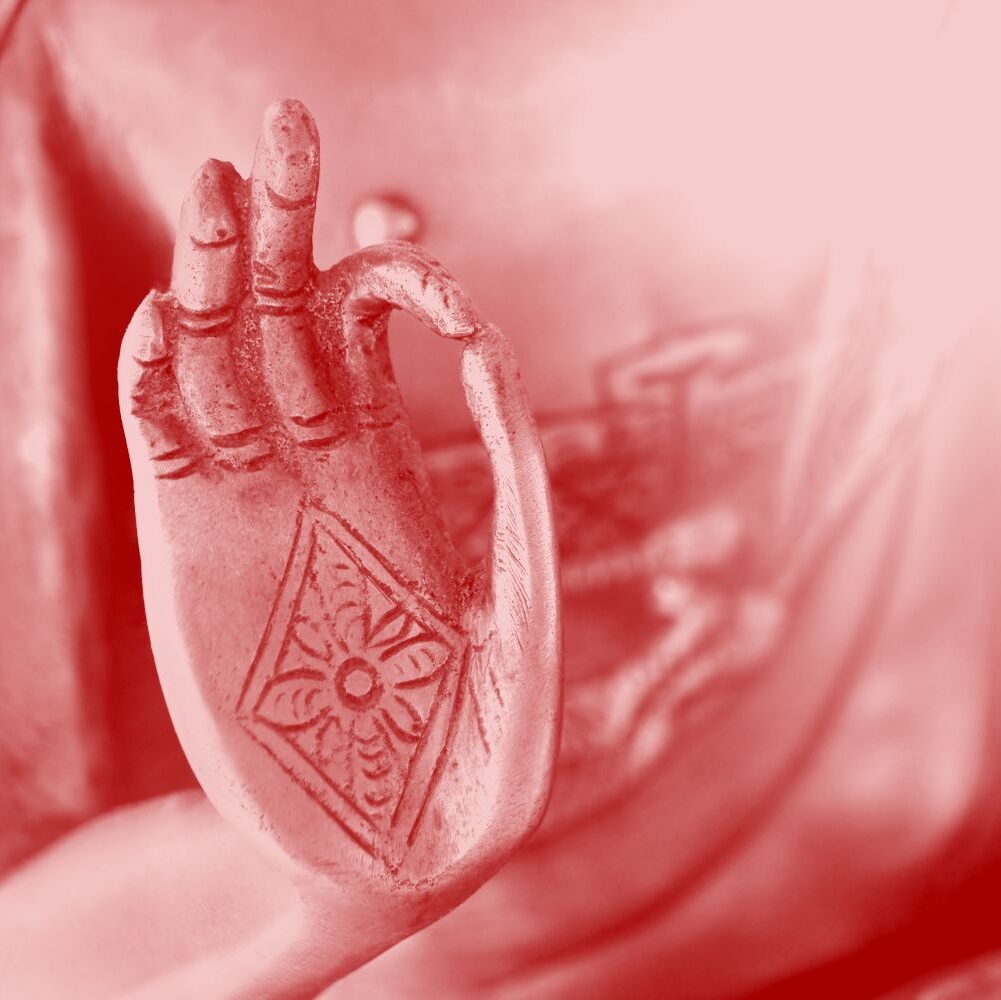A Humanology Guide of the Ten-Body System: Part 2
Quick recap: If you missed my first article about the Soul Body, I introduce a teaching in the lineage of Kundalini yoga, as taught by Yogi Bhajan, that articulates a 10-body system of consciousness. Beyond our physical body orbits an array of energetic realms that (when balanced) lead to a more vitalized and intuitive-lived experience.
When we get to the second body, we take a leap into a realm of consciousness called the Negative Mind. There are three functional aspects of the mind: negative, positive, and neutral. The Negative Mind is also referred to as the Protective Mind, making it feel a bit less of a downer, eh?
Consider this: we (as in humans) started out very primal and animalistic. We hunted and gathered, and you can imagine how rough and tough and downright terrifying that might have been in the wild, unsheltered world. The elements can wind-whip a face, scorch, or chill to the bone, and the wildlife knows when it’s dinner time. This protective mechanism of the brain is one of the reasons homo sapiens have been able to survive on the planet for so long. The amygdala processes fear and threats and contributes to our early ‘fight or flight’ response to dangerous stimuli.
In our modern age, with our modern brains, is there still a need for this survival mechanism? Of course. Do we have the propensity for over-utilizing this survival mechanism in irrational ways? You betcha. We live on a gravity planet. The tendency for all things is to go down (unless there is a greater force that keeps something elevated). The same holds true of our minds. If we are not conscious, the negative habituation from all those thousands of years of survival will dominate our brain waves, and we can get stuck in fearful thought loops.

A healthy Negative Mind knows good boundaries, is able to say ‘no’ when appropriate, can scan a new environment, and know exactly when and where something is apt to go awry. People with a healthy Negative Mind have a precise eye and can see how things can be improved. With a balanced Negative Mind, you not only sense red flags, you also heed them! When the Negative Mind is weak or imbalanced, thoughts of worry are dominant and there is a tendency to say no to things you’ve always longed for. We can miss out on so much when we let our fear speak for us.
Because the Negative Mind is the second body, there is an emphasis on partnership. There becomes a tendency to be in unhealthy partnership just for the sake of partnership. There is an interesting correlation here. It has been found that the social behaviors of homo sapiens may be the key link to our survival, compared to the fate of the anti-social Neanderthal. We learned (likely the hard way) that we survived better in packs than we did on our own. Nowadays, partnership is a divine birthright should we choose – yet, to choose it out of fear of being alone, leads to…well, I’m sure you’ve been there!
According to Yogi Bhajan and the teachings of Tantric Numerology, people born in the second month, February, have a Karmic number of two, while those born on either the second (myself included) or 20th of the month have a Soul number of two. Though we all have this protective aspect of the mind, those with two in their charts have a prominent Negative Mind.
The key to balancing the Negative Mind is to meditate and build a strong field of prana, so that we have the elevation to consciously guide our minds from negativity to its polarity. Whenever we find ourselves longing to be with another for fear of being alone, we must strive to transmute the longing for the ‘other’ to a longing to merge with our own Divinity.
Try this simple Meditation for the Negative Mind:
- Sit tall in a cross-legged posture.
- Make a cup with both hands, palms facing up, and the right hand resting on top of the left hand. The fingers will cross over each other. Place this cup at the level of the heart with your elbows relaxed at your sides.
- Your eyes remain slightly open, looking down towards the hands.
- Deeply inhale in a long stroke through the nose, and exhale in a focused stream through rounded lips. You will feel the breath go over the hands. Let any thought or desire that is negative, or persistently distracting you, come into your mind as you breathe in. On your exhale, breathe it out and feel it releasing from your mind and body.
- Continue for 11 to 31 minutes.
- To finish, completely exhale and suspend the breath out as you lock in the navel point. Concentrate on each vertebra until you can feel all the way to the base, as stiff as a rod. Then, powerfully inhale, completely exhale, and repeat the concentration three to five times. Relax.
















